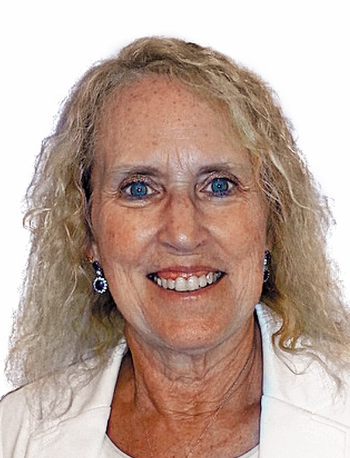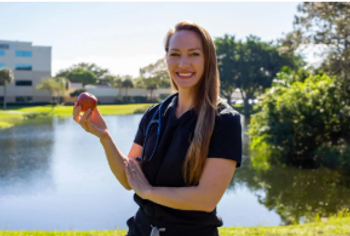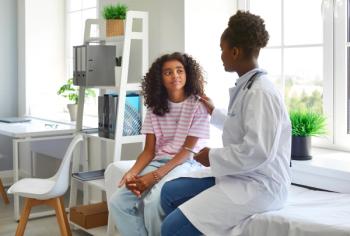
Our editorial advisory board member Donna Hallas, , PPCNP-BC, CPNP, PMHS, FAANP, FAAN, highlights an article published in the March issue of Contemporary Pediatrics.

Our editorial advisory board member Donna Hallas, , PPCNP-BC, CPNP, PMHS, FAANP, FAAN, highlights an article published in the March issue of Contemporary Pediatrics.

With 1 in 7 adolescents worldwide diagnosed with mental health disorders, emerging research suggests that diet is a powerful yet often overlooked therapeutic tool.

The PANDAS/PANS questionnaire is based on symptoms and comorbidities described in the literature and is a self-report completed by parents of children younger than 18.

Take your best guess and try to diagnose this 9-year-old girl's linear eruption on the back of her left thigh and leg. Stay tuned for the full case presentation and correct diagnosis!

Freely available measures may seem initially like a bargain, but their excess demands on staff time not only are expensive but often deter one of the central goals of well-child visits.

Peter S. Jensen, MD, discusses the risks and benefits of social media use by children, emphasizing the need for parental oversight and national guidelines.

"Bottom line, previous surgery for endometriosis is not a contraindication to the use of an IUD (usually with HT) if the patient and you agree that this is the best option," said Jon Matthew Farber, MD.

Pediatricians face rising demands in specialty care and mental health, with programs such as REACH helping them manage these challenges.

After 9.5 months, 94% of participants reported an improvement in incontinence symptoms, with 58% experiencing complete resolution and 18 (36%) reporting greater than 50% reduction in the number of accidents.

Mike Hennessy Jr, President and CEO of MJH Life Sciences kicks off our March Mental Health issue with a look into the ongoing pediatric mental health crisis.

A CDC report shows only 23% of U.S. teens get enough sleep, with disparities highlighting the need for targeted health interventions.

Of those with a minimum age or minimum interval vaccine dose, 44.9% ended up receiving extra doses to complete a vaccination series.

The study within a single health care system revealed that most infants born prior to December received the nirsevimab monoclonal antibody.